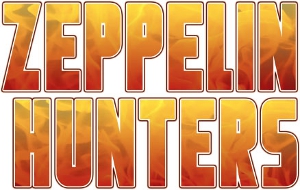
Contents


German Zeppelins were dropping bombs on Britain and there was nothing anyone could do about it. These lighter-than-air ships of the sky flew higher than any plane could reach and they came at night, often hidden in the clouds. They could not be seen. They could not be shot down. People from Edinburgh down to London were terrified.
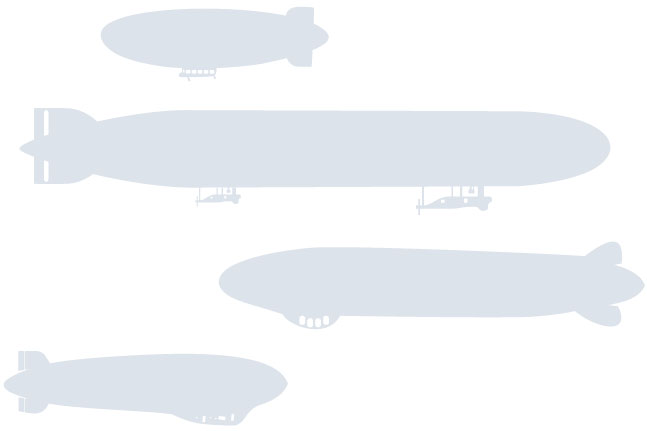
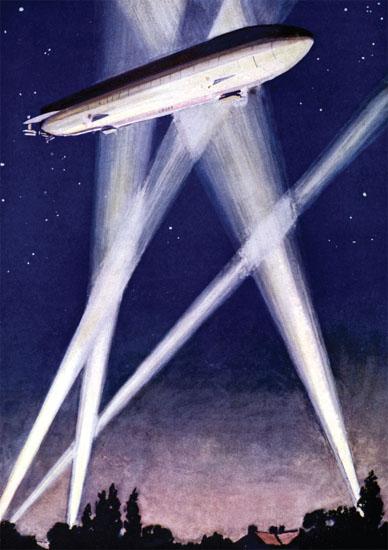


These giant airships were filled with hydrogen gas, which is explosive, so getting rid of them should have been easy.




These giant airships were filled with hydrogen gas, which is explosive, so getting rid of them should have been easy.
All the pilots of the Royal Naval Air Service needed was a way of setting fire to that gas. At 3,600 metres altitude. At night. But in 1915, when the Zeppelins started coming, hardly anyone had tried flying at night and very few planes were equipped with guns. 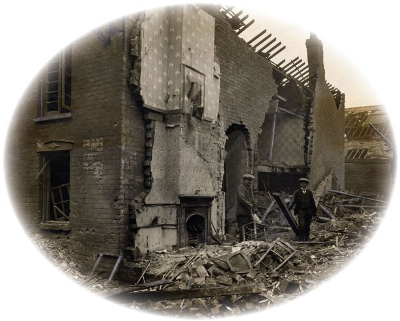 Zeppelins werent only used for bombing they were also used to spy on the enemy. A sub-cloud car was a one-man capsule that could be lowered 1,500 metres.
Zeppelins werent only used for bombing they were also used to spy on the enemy. A sub-cloud car was a one-man capsule that could be lowered 1,500 metres.
The Zeppelin could stay hidden in a cloud while the observer telephoned up enemy positions. 
 The British commanders said the solution to the problem was obvious. Attack the airships in the daytime drop bombs on them. However, that was a lot easier to say than do! First, the pilots had to fly above the airship, which was hard to do without being seen. Then they had to accurately drop an explosive that would hit the airship.
The British commanders said the solution to the problem was obvious. Attack the airships in the daytime drop bombs on them. However, that was a lot easier to say than do! First, the pilots had to fly above the airship, which was hard to do without being seen. Then they had to accurately drop an explosive that would hit the airship. 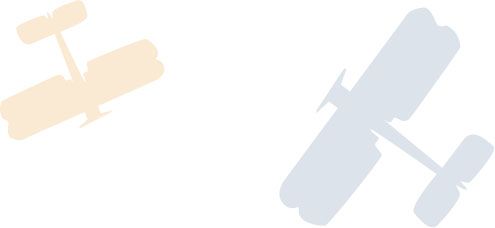 Various ideas were tried out: hand grenades dangled on long lines bombs with grapple hooks that would catch on the cloth explosive ammunition Everyone liked the last idea best.
Various ideas were tried out: hand grenades dangled on long lines bombs with grapple hooks that would catch on the cloth explosive ammunition Everyone liked the last idea best.  Various ideas were tried out: hand grenades dangled on long lines bombs with grapple hooks that would catch on the cloth explosive ammunition Everyone liked the last idea best.
Various ideas were tried out: hand grenades dangled on long lines bombs with grapple hooks that would catch on the cloth explosive ammunition Everyone liked the last idea best.
It was the only one where the plane didnt have to fly above the Zeppelin. That meant they didnt have to face the deadly fire of up to nine machine guns at close range. 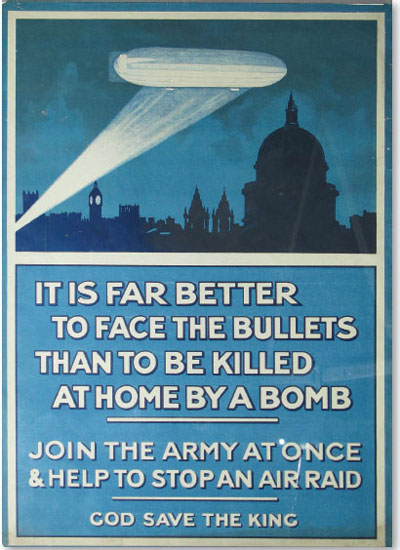 The trouble was, someone would have to invent explosive bullets and someone else would have to work out how to fit machine guns to the flimsy planes.
The trouble was, someone would have to invent explosive bullets and someone else would have to work out how to fit machine guns to the flimsy planes. 

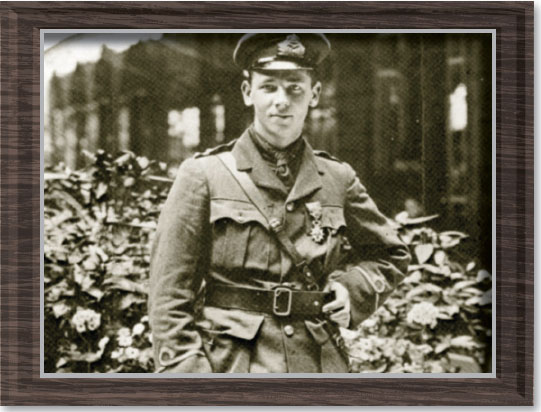 A pilot called Reggie Warneford was about to show that the Zeppelins were not invincible. Reggie was flying a mission to find out where the Zeppelins were based. His plane, a Morane L Monoplane, was very light and quite fast compared to others of the day (78mph).
A pilot called Reggie Warneford was about to show that the Zeppelins were not invincible. Reggie was flying a mission to find out where the Zeppelins were based. His plane, a Morane L Monoplane, was very light and quite fast compared to others of the day (78mph).
The Morane was unarmed, except for six bombs and a short-barrelled rifle that Reggie kept in an old boot in the cockpit. 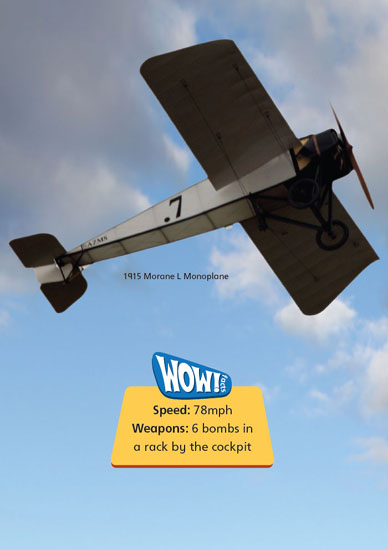 Reggie was somewhere over Belgium when he saw a Zeppelin going down, perhaps to land. The top of the Zeppelin was about as long as a football pitch Reggie could have landed his plane on it! Reggie flew from the rear of the Zeppelin to the nose, releasing his six bombs as he flew. He had just reached the front of the Zeppelin when the first bomb exploded. A huge fireball rippled up the cigar-shaped body of the Zeppelin.
Reggie was somewhere over Belgium when he saw a Zeppelin going down, perhaps to land. The top of the Zeppelin was about as long as a football pitch Reggie could have landed his plane on it! Reggie flew from the rear of the Zeppelin to the nose, releasing his six bombs as he flew. He had just reached the front of the Zeppelin when the first bomb exploded. A huge fireball rippled up the cigar-shaped body of the Zeppelin. 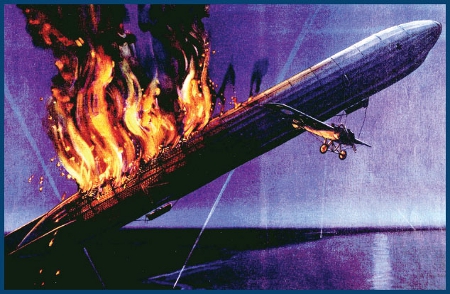 The airship was going down, but Reggie was in a dive with oil pouring out of his engine.
The airship was going down, but Reggie was in a dive with oil pouring out of his engine.  The airship was going down, but Reggie was in a dive with oil pouring out of his engine.
The airship was going down, but Reggie was in a dive with oil pouring out of his engine.
Somehow, amazingly, he landed the Morane in a field. He knew he was behind German lines so he prepared to burn his plane. But no German soldiers turned up. Reggie had a look at the planes engine and found the pipe where the oil had been leaking. Reggie had a cigarette holder of about the same size as the broken oil line, so he used that as a replacement. Reggie fixed the engine and flew back to the British lines in time for tea! Reggie was the first to shoot down a Zeppelin in World War One.
He was awarded the Victoria Cross for his action. As for the Zeppelin unfortunately it hit a convent and killed two nuns. All but one of its crew of 11 died. 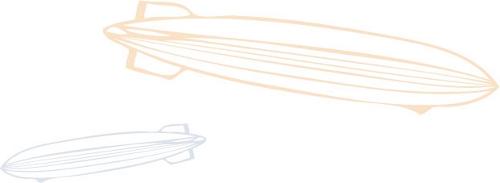


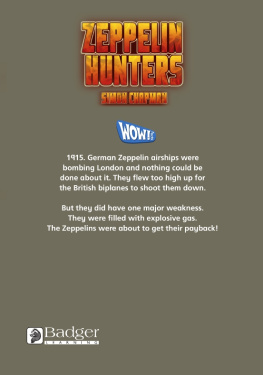

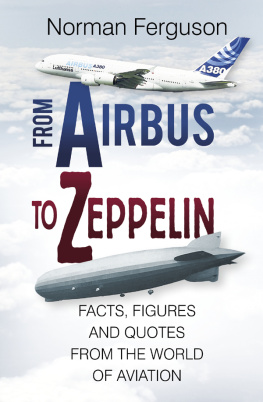


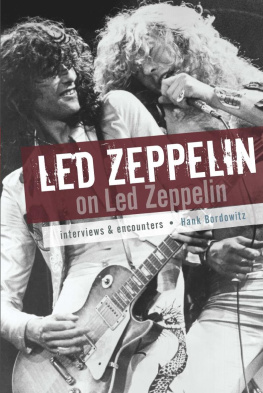
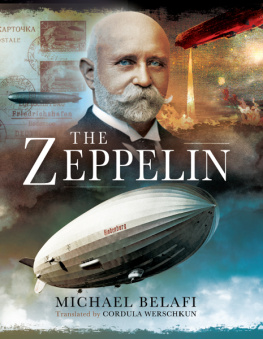


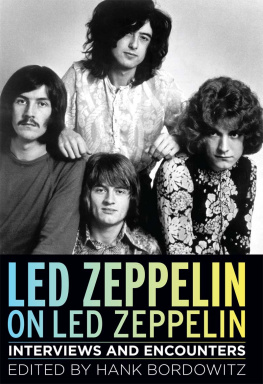
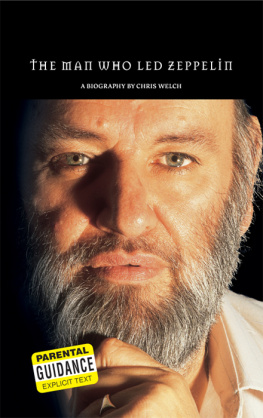
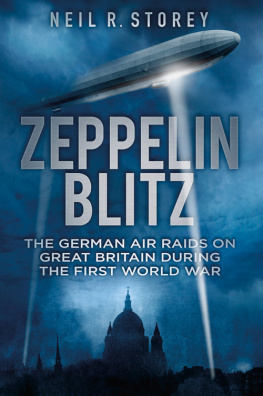
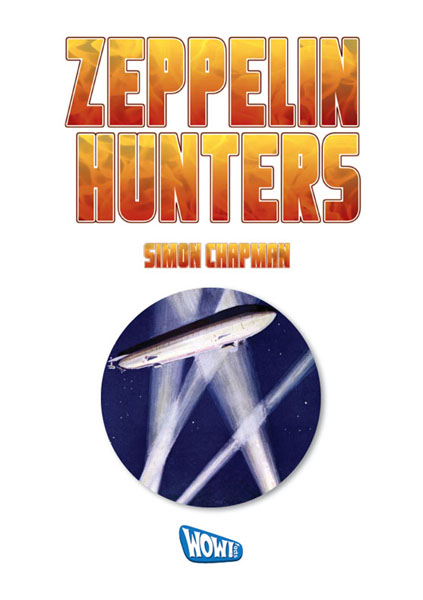


 German Zeppelins were dropping bombs on Britain and there was nothing anyone could do about it. These lighter-than-air ships of the sky flew higher than any plane could reach and they came at night, often hidden in the clouds. They could not be seen. They could not be shot down. People from Edinburgh down to London were terrified.
German Zeppelins were dropping bombs on Britain and there was nothing anyone could do about it. These lighter-than-air ships of the sky flew higher than any plane could reach and they came at night, often hidden in the clouds. They could not be seen. They could not be shot down. People from Edinburgh down to London were terrified. 


 These giant airships were filled with hydrogen gas, which is explosive, so getting rid of them should have been easy.
These giant airships were filled with hydrogen gas, which is explosive, so getting rid of them should have been easy.  Zeppelins werent only used for bombing they were also used to spy on the enemy. A sub-cloud car was a one-man capsule that could be lowered 1,500 metres.
Zeppelins werent only used for bombing they were also used to spy on the enemy. A sub-cloud car was a one-man capsule that could be lowered 1,500 metres.
 The British commanders said the solution to the problem was obvious. Attack the airships in the daytime drop bombs on them. However, that was a lot easier to say than do! First, the pilots had to fly above the airship, which was hard to do without being seen. Then they had to accurately drop an explosive that would hit the airship.
The British commanders said the solution to the problem was obvious. Attack the airships in the daytime drop bombs on them. However, that was a lot easier to say than do! First, the pilots had to fly above the airship, which was hard to do without being seen. Then they had to accurately drop an explosive that would hit the airship.  Various ideas were tried out: hand grenades dangled on long lines bombs with grapple hooks that would catch on the cloth explosive ammunition Everyone liked the last idea best.
Various ideas were tried out: hand grenades dangled on long lines bombs with grapple hooks that would catch on the cloth explosive ammunition Everyone liked the last idea best.  The trouble was, someone would have to invent explosive bullets and someone else would have to work out how to fit machine guns to the flimsy planes.
The trouble was, someone would have to invent explosive bullets and someone else would have to work out how to fit machine guns to the flimsy planes. 

 A pilot called Reggie Warneford was about to show that the Zeppelins were not invincible. Reggie was flying a mission to find out where the Zeppelins were based. His plane, a Morane L Monoplane, was very light and quite fast compared to others of the day (78mph).
A pilot called Reggie Warneford was about to show that the Zeppelins were not invincible. Reggie was flying a mission to find out where the Zeppelins were based. His plane, a Morane L Monoplane, was very light and quite fast compared to others of the day (78mph). Reggie was somewhere over Belgium when he saw a Zeppelin going down, perhaps to land. The top of the Zeppelin was about as long as a football pitch Reggie could have landed his plane on it! Reggie flew from the rear of the Zeppelin to the nose, releasing his six bombs as he flew. He had just reached the front of the Zeppelin when the first bomb exploded. A huge fireball rippled up the cigar-shaped body of the Zeppelin.
Reggie was somewhere over Belgium when he saw a Zeppelin going down, perhaps to land. The top of the Zeppelin was about as long as a football pitch Reggie could have landed his plane on it! Reggie flew from the rear of the Zeppelin to the nose, releasing his six bombs as he flew. He had just reached the front of the Zeppelin when the first bomb exploded. A huge fireball rippled up the cigar-shaped body of the Zeppelin.  The airship was going down, but Reggie was in a dive with oil pouring out of his engine.
The airship was going down, but Reggie was in a dive with oil pouring out of his engine. 
